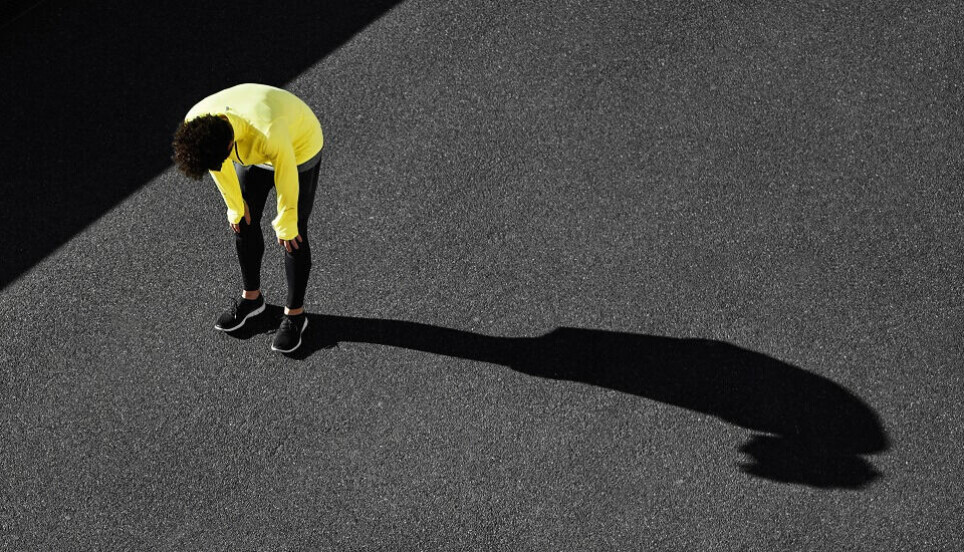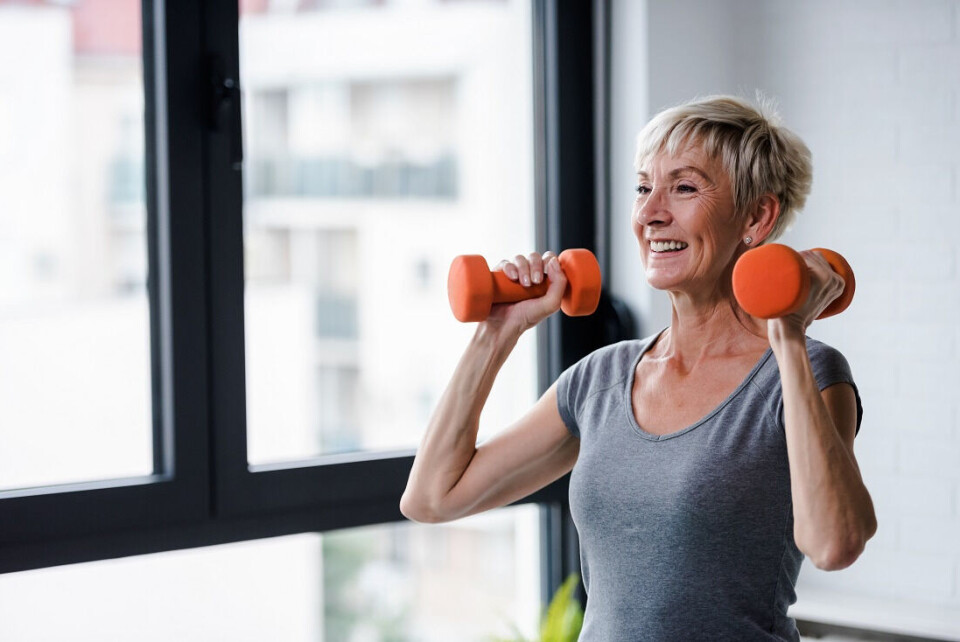THIS ARTICLE/PRESS RELEASE IS PAID FOR AND PRESENTED BY NTNU Norwegian University of Science and Technology - read more

People who were most physically active fared worse during the pandemic
Physically active people who increased their activity level early on in the pandemic had poorer mental health than those who delayed increasing their exercise.
When the world shut down in March 2020, many of us scaled back our exercise and other physical activity. Those COVID kilos yielded interest, and many of us still haven’t rid ourselves of them.
But it could have been worse.
It could be that forcing too much physical activity too early in the pandemic was not healthy, either, according to some recent research results.
Physically active people struggled too
Researchers at NTNU looked at how the mental health of physically active adults progressed during the first phase of the pandemic. Physically active people generally have better mental health than inactive people.
The researchers collected the first data in June 2020, just a few months into the shutdown, and then again six months later. The participants were members of Kondis, a Norwegian organisation for cardio exercise.
Women’s anxiety symptoms remained stable, but men’s anxiety symptoms increased. Both sexes had several symptoms of depression.
The research findings thus showed that the pandemic was associated with worse mental health for the physically active population as well. People who reduced the amount of exercise they did had the most depression symptoms.
The most active individuals struggled the most mentally
The researchers found something unexpected as well.
Those who increased their amount of exercise early after the lockdown in March also experienced the greatest increase in anxiety and depression symptoms half a year after the pandemic erupted.
“The mental health of physically active people who increased their activity level at just over six months into the pandemic deteriorated more than for people who didn’t start exercising more,” says Audun Havnen, an associate professor at NTNU’s Department of Psychology.
So the individuals who worked out more early on in the pandemic fared the worst mentally out of all physically active people.
“In other words, pushing ourselves to do a lot of exercise doesn’t always contribute positively to our mental health,” says Linda Ernstsen, associate professor at NTNU’s Department of Public Health and Nursing.

Certain personality traits?
Despite the study results, the researchers are somewhat cautious about issuing solid conclusions. Indeed, the context could be reversed.
“It could be that people who train above the average amount have some personality traits that make them more vulnerable in terms of mental health,” says Havnen.
A large Swedish study of almost 400,000 participants in the Vasaloppet, the world’s largest cross-country ski race, seems to indicate just that.
The NTNU study results also show that people who reported a reduced amount of exercise at the beginning of the pandemic had the relatively highest level of anxiety and depression symptoms.
At the same time, the entire study sample had a significantly lower incidence of mental illness as compared with the population at large.
Physical activity has big benefits
It is important to note that all the 855 participants in the study were physically active.
The study did not make any comparisons with people who engage in little to no physical activity. Inactive individuals usually fare less well.
“Physically active people generally struggle less with depression and anxiety,” Ernstsen says.
Exercise and other physical activity undoubtedly have many benefits. They support better moods and sleep, and keeping up with all kinds of chores in everyday life. Exercise reduces the risk of many different diseases – and if you still get sick, physical activity can make it easier to recover.
But it appears that there could be a limit, and that pushing our physical boundaries doesn’t always feel so good either.
Reference:
Audun Havnen and Linda Ernstsen. Does Change in Physical Activity During the Initial Phase of the COVID-19 Pandemic Predict Psychological Symptoms in Physically Active Adults? A Six-Month Longitudinal Study, International Journal of Public Health, 2022. DOI: 10.3389/ijph.2022.1604528
Read more content from NTNU:
-
Politics on Facebook: Populist parties choose divisive issues on purpose
-
Social media is connected to cyberbullying – but not how we thought
-
Forskere ved NTNU får nesten 24 millioner av EU for å lage nye strømomformere
-
This helps the youngest children enjoy school more
-
Can we tap the ocean’s power to capture carbon?
-
Researchers have uncovered major problems in Norway's salmon industry





































